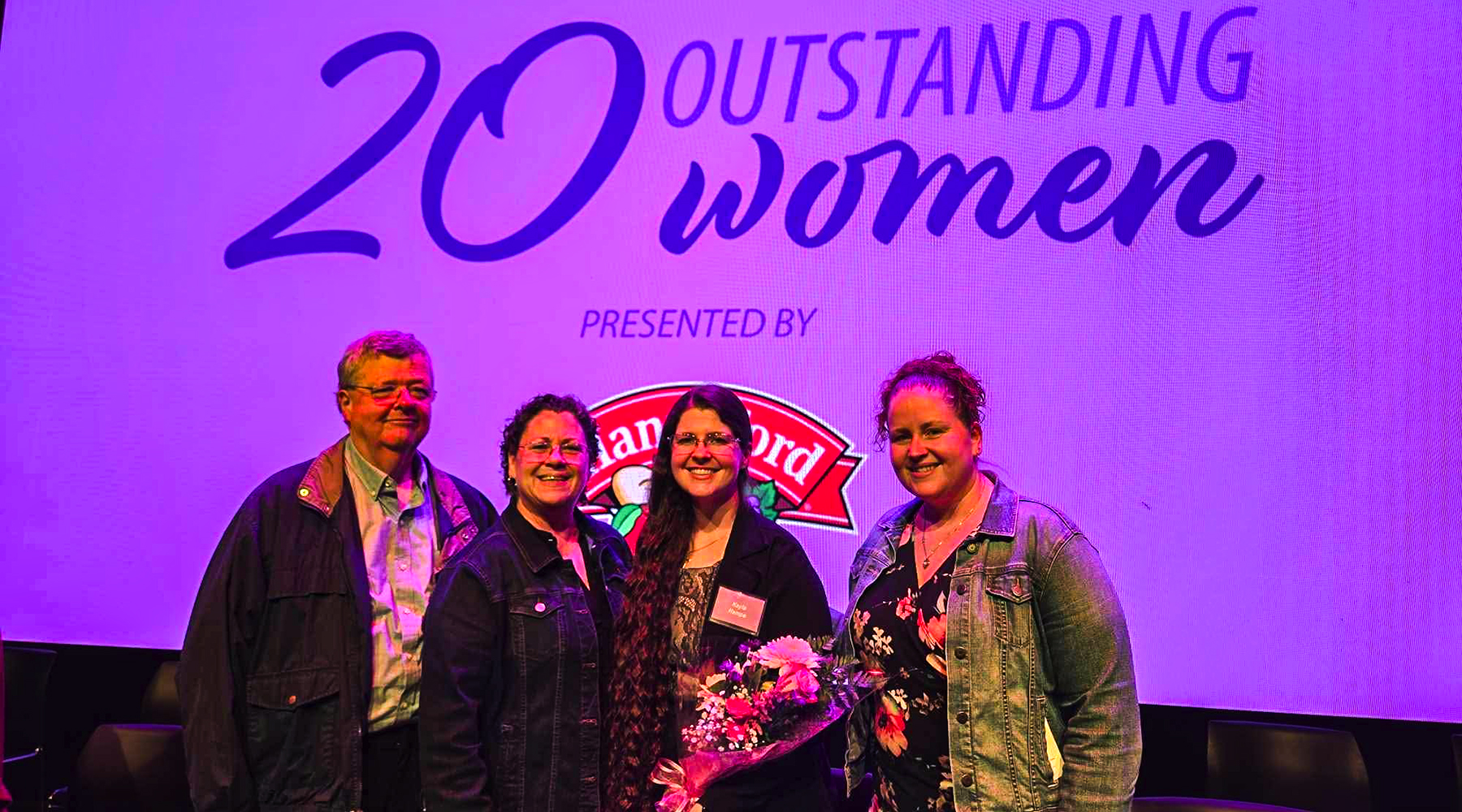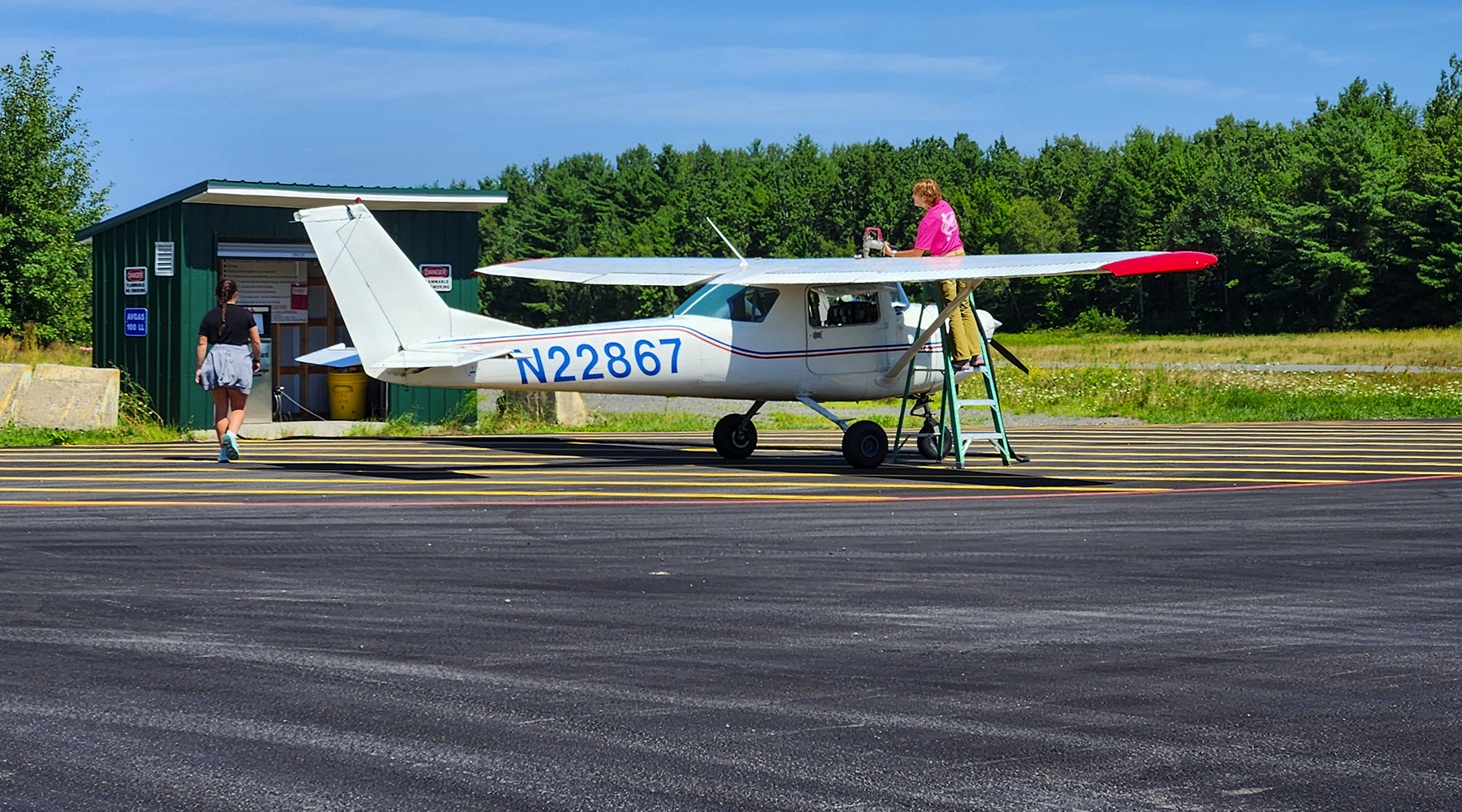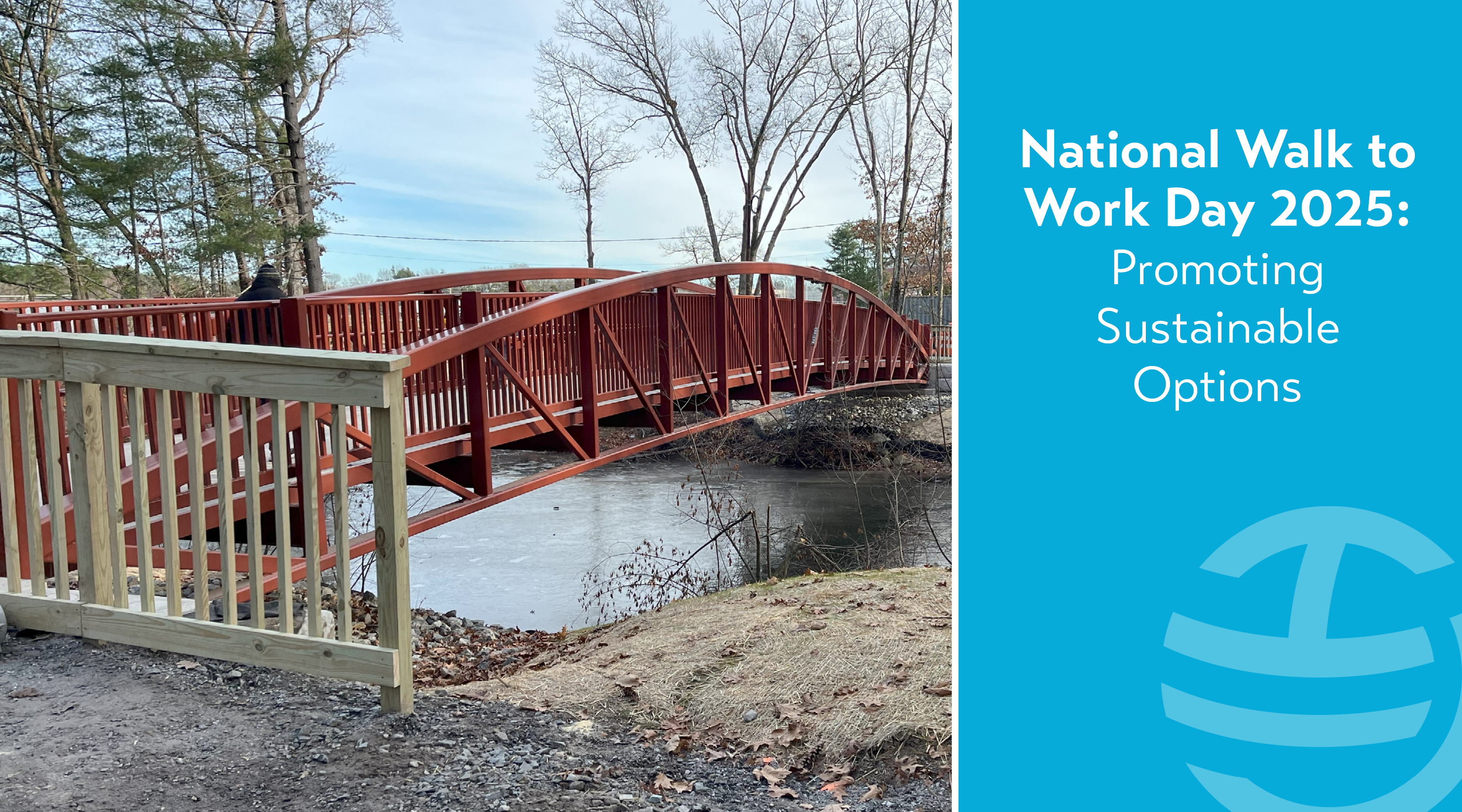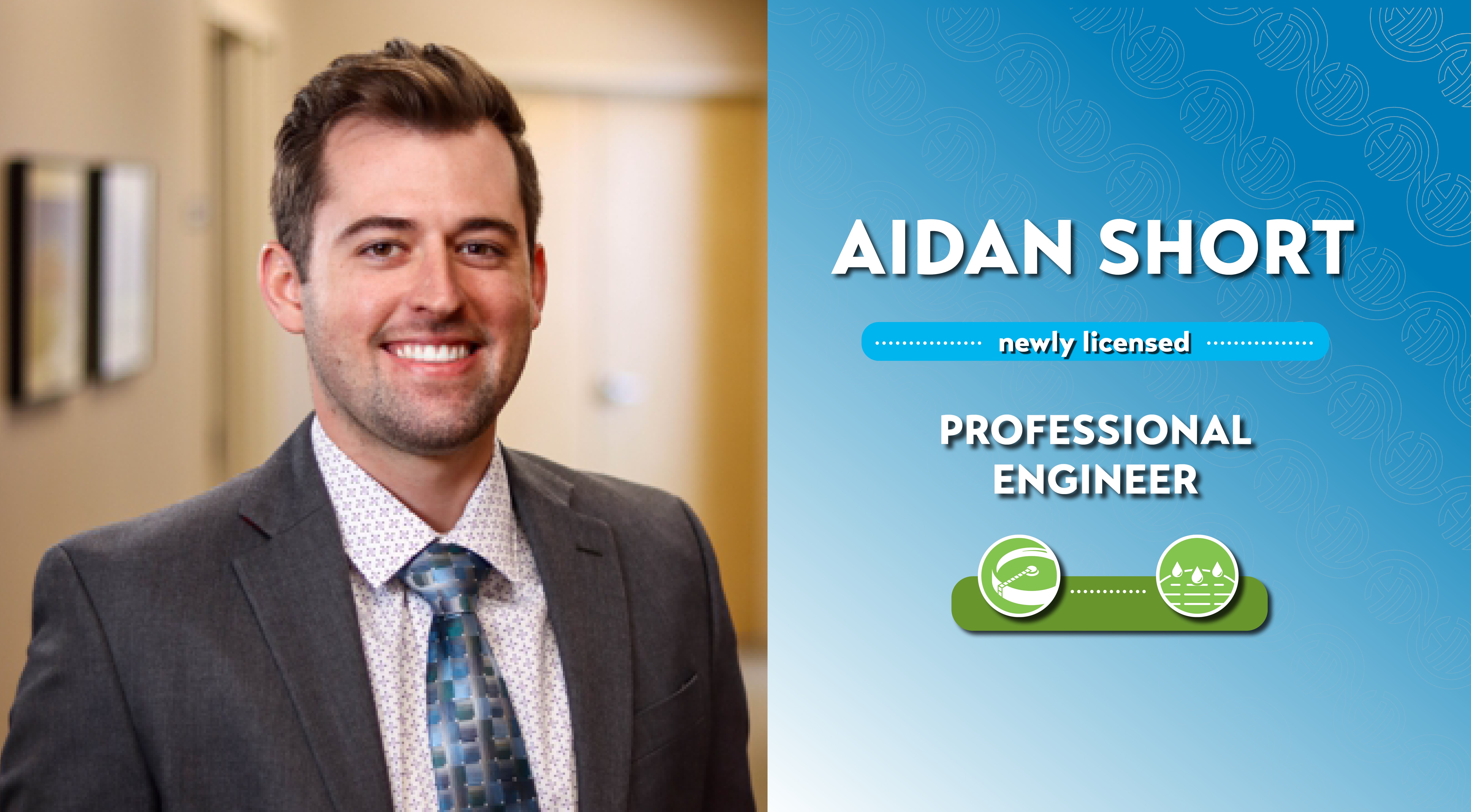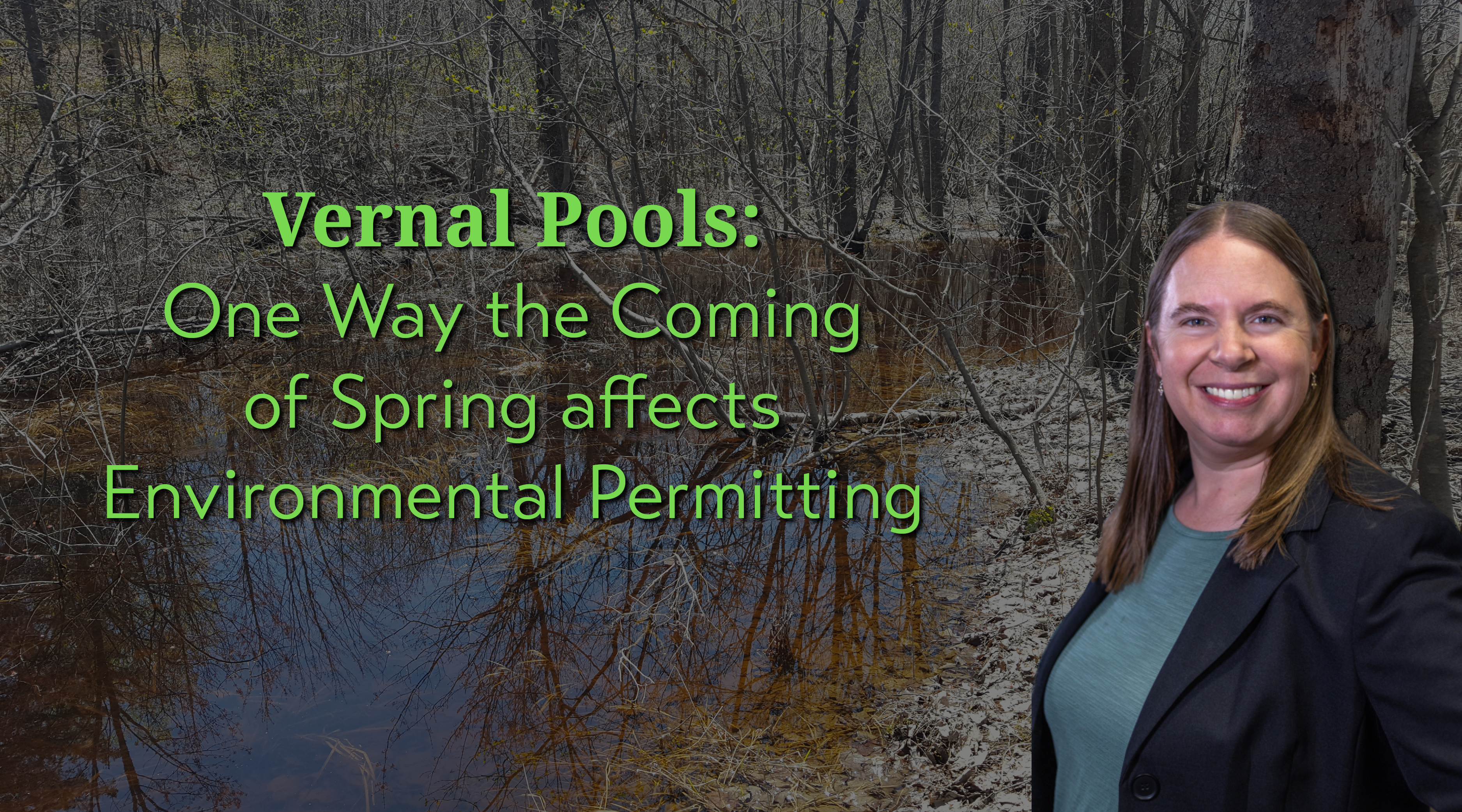The Background:
Airport stormwater design is a delicate balance between aircraft safety and providing adequate infrastructure to manage stormwater runoff during a storm. Stormwater must be rapidly removed from the pavement to minimize conditions that would cause a loss of friction and potentially lead to hydroplaning. Older airports like Witham Field in Stuart, Florida often have wet ponds that treat stormwater, mitigate flood risk, and historically provided a water source for fire suppression. Although wet ponds are a highly effective method for removing nutrients and pollutants from stormwater runoff, they also attract wildlife which can cause damage to an aircraft or worse yet lead to a fatal accident.
The Concern:
The Federal Aviation Administration Advisory Circular 150/5200-33C Hazardous Wildlife Attractants on or near Airports recommends that airport operators avoid or remove retention and detention ponds featuring permanent stormwater storage to eliminate standing water. Fortunately, as a result of targeted research on the specific characteristics of airfield pavement runoff, the Florida Administrative Code 62-330.449 authorized an environmental resource permit for eliminating these ponds. An environmental resource permit authorizes new development or construction activities to occur in a manner that will prevent adverse flooding, manage surface water, and protect water quality, wetlands, and other surface waters. Thus, to qualify for the permit, the engineering team must demonstrate that best management practices are in place to treat runoff and that there are no adverse impacts to flood levels in the surrounding areas resulting from eliminating the ponds. With this in mind, Martin County (which owns and operates the airport) presented an exciting assignment to Hoyle Tanner.
The Task:
Leverage a nearby regional stormwater treatment retrofit in an effort to eliminate two traditional stormwater ponds at Witham Field.
The Solution:
The newly constructed Martin County Willoughby Creek Stormwater Treatment Area project included the capacity to provide the water quality treatment volume required by this section of the airport. However, we still needed to demonstrate that eliminating the two wet detention ponds would not increase flood levels in the watershed, a major concern of the South Florida Water Management District. Hoyle Tanner collaborated with Stephen Medeiros, Ph.D., PE, an assistant professor of Civil Engineering at Embry-Riddle Aeronautical University, to complete a hydraulic model of the existing system to model the impacts of removing the two ponds. The model was created using the latest version of the Interconnected Channel and Pond Routing Model (ICPR) software.
The existing watershed model was constructed to include the hydraulically interconnected and interdependent pond systems to obtain a baseline for existing water elevations in the watershed. The proposed changes, removing the two ponds, were then incorporated into the model using 2D hydraulics technology. This 2D technology allowed us to perform a long-term continuous simulation to accurately model the interactions between surface water and groundwater flow. Results of the model showed that there would be no increase in flood elevations within the watershed if the two wet ponds were eliminated.
The Results:
Without sacrificing water quality or increasing flood levels, the two stormwater ponds were eliminated (aka two wildlife attractants on airport property were eliminated), resulting in a safer airfield environment for wildlife and the general public. Because of these improvements, Martin County can potentially expand the hangar capacity for their commercial aviation leaseholders using this newly developed land to increase non-aeronautical revenue. The project is currently awaiting FDOT funding approval before going into construction.


